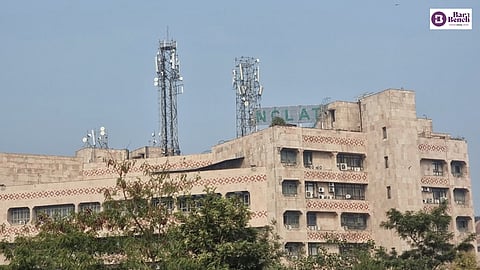
- News
- Columns
- Interviews
- Law Firms
- Apprentice Lawyer
- Legal Jobs
- हिंदी
- ಕನ್ನಡ

The vote of each homebuyer matters when it comes to voting on a proposal to withdraw the corporate insolvency resolution process (CIRP) against a company, the National Company Law Appellate Tribunal (NCLAT) at Delhi held recently.